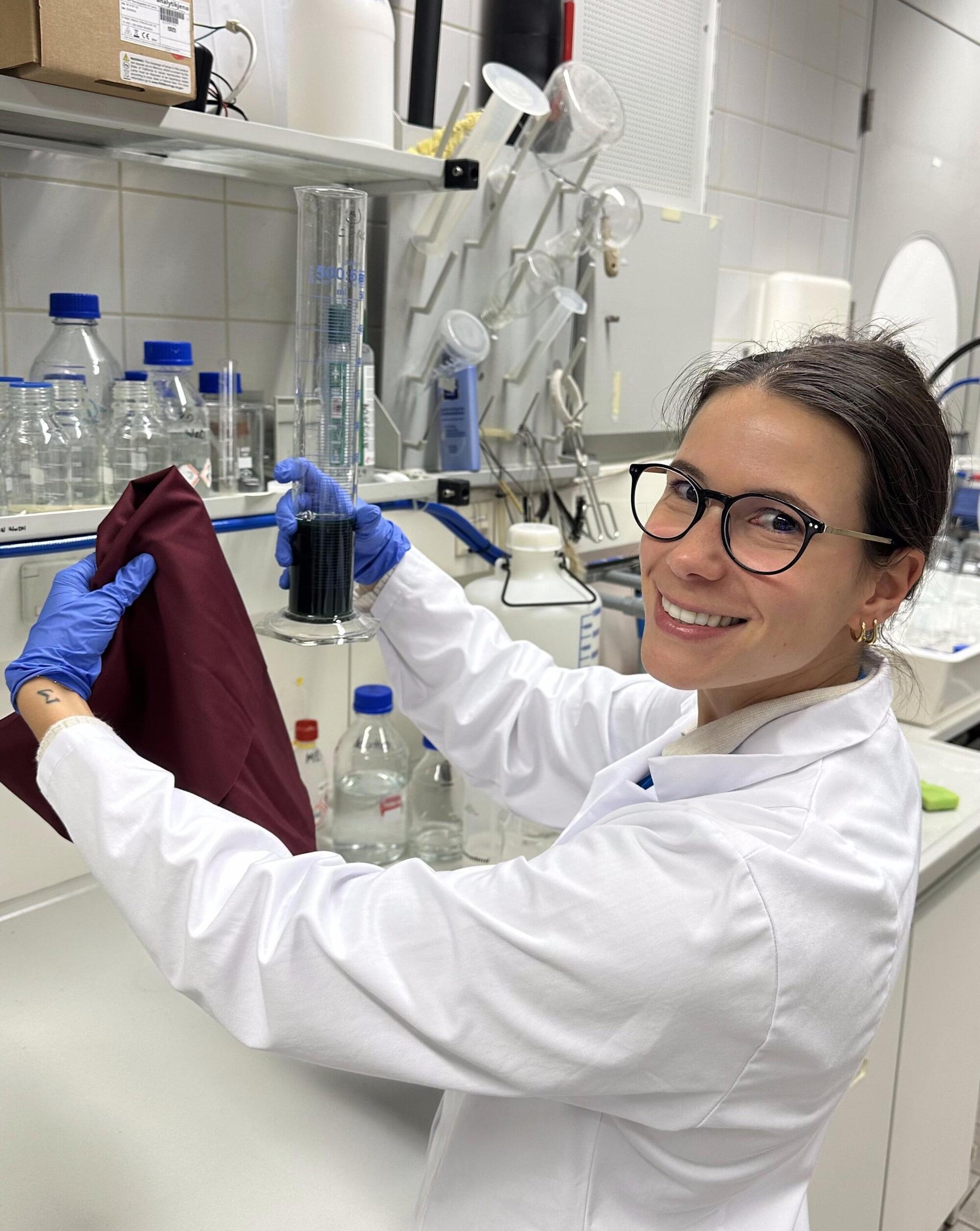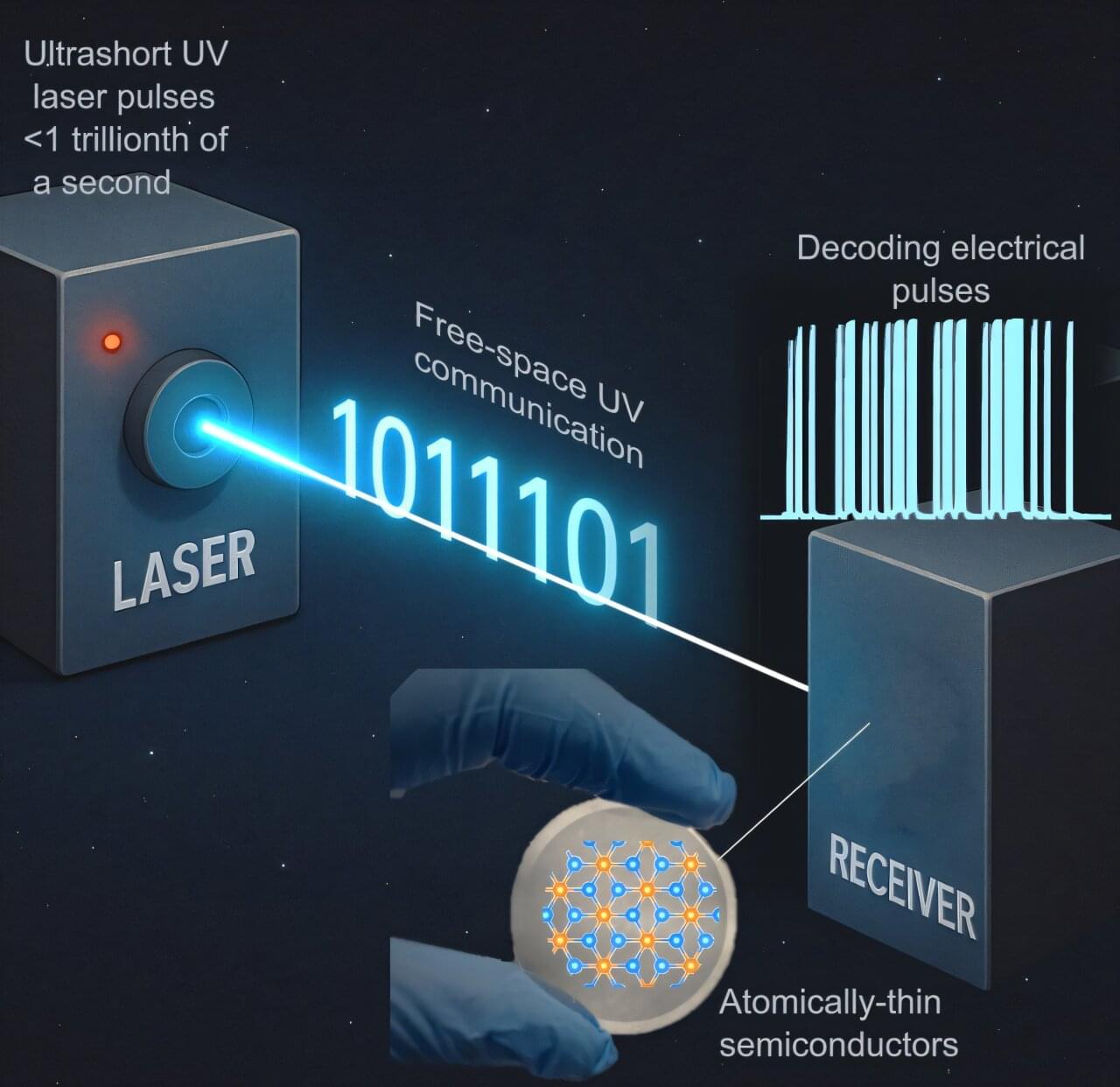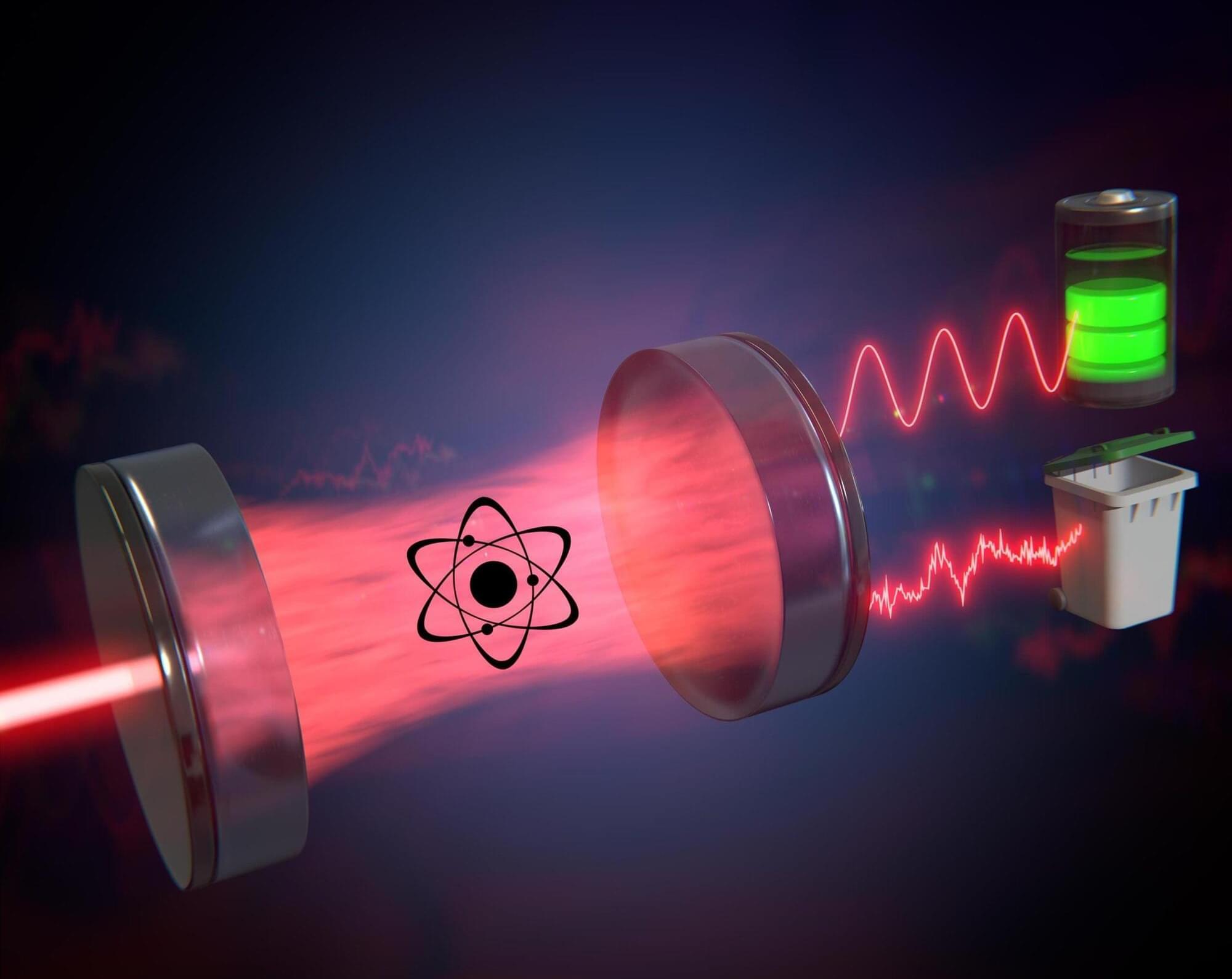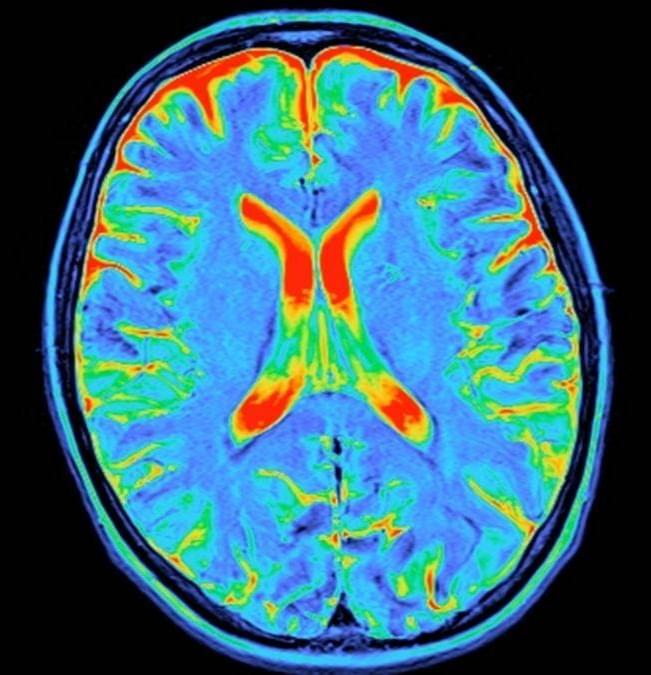We are producing more textiles than ever before: worldwide, well over one hundred million tons of textiles are manufactured every year—more than twice as much as in the year 2000. This makes it increasingly important not to simply throw away old textiles, but to recover them in an environmentally friendly way.
That is often not easy—especially when it comes to blended fabrics, such as mixtures of cotton and polyester. At TU Wien, a new method has now been developed to separate and recycle such mixed textiles efficiently—in a remarkably simple way, using menthol and benzoic acid, two nontoxic substances.
The research is published in the journal Waste Management.









